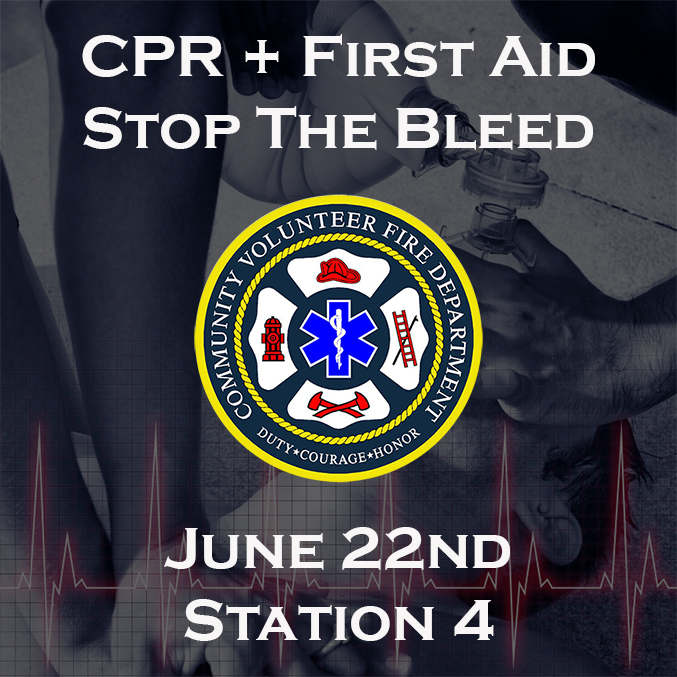Drowning is one of the leading causes of death for children in the United States. There were over 2,000 drownings across the nation in recent years.
The most important step to reducing drownings is prevention. Prevention includes supervising children at all times near water, and also ensuring that adequate safety measures are in place to prevent children from accessing the water without help from an adult. This doesn’t only apply to pools either. Children can drown in as little as two inches of water, so it is vital that they are supervised around any source of water. Eliminate distractions by putting the phones down and focusing on the task at hand so that the child can be properly monitored.
The next most important step is recognizing the signs of drowning. We have become accustomed to the signs of drowning shown in movies involving screaming, flailing arms, and splashing. The reality of drowning is quite the opposite, and can often occur under direct supervision without the adult even realizing what is happening. When the body kicks into survival mode, people lose the ability to call for help. This can be due to gasping for air or the body trying to keep water from entering the lungs. In addition, human instinct is to use the hands to push downwards on the water to help lift the head above the surface for air. This makes the victim unable to waive for help. Drowning is a quiet incident which is why attentive supervision is so important.
Here is a list of some of the signs of drowning from gCaptain.com:
- Head low in the water, mouth at water level
- Head tilted back with mouth open
- Eyes glassy and empty, unable to focus
- Eyes closed
- Hair over forehead or eyes
- Not using legs – Vertical
- Hyperventilating or gasping
- Trying to swim in a particular direction but not making headway
- Trying to roll over on the back
- Ladder climb, rarely out of the water.
Finally, the last step is response. You may be familiar with the phrase Reach, Throw, Go. These are methods in order of safety which should be used to remove the victim from the water. Going into the water to extract the victim should be a last resort. Make sure any pool or water source has flotation devices available for throwing to a victim before allowing a minor to swim. Finally, attend a first aid and CPR class. Many drowning victims are going to need immediate CPR, and being trained and ready to perform CPR may save someone’s life. If you are in need of training, we encourage you to sign up for Community Volunteer Fire Department’s upcoming public classes. .
Want to know more about Harris Fort Bend Emergency Services District #100? Visit our About Us page.

Throw a flotation device to a drowning victim before risking entering the water.
Over the Memorial Day weekend, two toddlers in Harris County nearly drowned in separate incidents and remain in critical condition. Drowning is one of the leading causes of death for children in the United States. So far in 2019, 21 children have drowned in Texas. In 2018, there were over 2,000 drownings across the nation.
The most important step to reducing drownings is prevention. Prevention includes supervising children at all times near water, and also ensuring that adequate safety measures are in place to prevent children from accessing the water without help from an adult. This doesn’t only apply to pools either. Children can drown in as little as two inches of water, so it is vital that they are supervised around any source of water. Eliminate distractions by putting the phones down and focusing on the task at hand so that the child can be properly monitored.
The next most important step is recognizing the signs of drowning. We have become accustomed to the signs of drowning shown in movies involving screaming, flailing arms, and splashing. The reality of drowning is quite the opposite, and can often occur under direct supervision without the adult even realizing what is happening. When the body kicks into survival mode, people lose the ability to call for help. This can be due to gasping for air or the body trying to keep water from entering the lungs. In addition, human instinct is to use the hands to push downwards on the water to help lift the head above the surface for air. This makes the victim unable to waive for help. Drowning is a quiet incident which is why attentive supervision is so important.
Here is a list of some of the signs of drowning from gCaptain.com:
- Head low in the water, mouth at water level
- Head tilted back with mouth open
- Eyes glassy and empty, unable to focus
- Eyes closed
- Hair over forehead or eyes
- Not using legs – Vertical
- Hyperventilating or gasping
- Trying to swim in a particular direction but not making headway
- Trying to roll over on the back
- Ladder climb, rarely out of the water.
Finally, the last step is response. You may be familiar with the phrase Reach, Throw, Go. These are methods in order of safety which should be used to remove the victim from the water. Going into the water to extract the victim should be a last resort. Make sure any pool or water source has flotation devices available for throwing to a victim before allowing a minor to swim. Finally, attend a first aid and CPR class. Many drowning victims are going to need immediate CPR, and being trained and ready to perform CPR may save someone’s life. If you are in need of training, we encourage you to sign up for Community Volunteer Fire Department’s upcoming First Aid & CPR class on June 22nd.
Want to know more about Harris Fort Bend Emergency Services District #100? Visit our About Us page.

Throw a flotation device to a drowning victim before risking entering the water.

Sign for Community VFD’s CPR & First Aid class on June 22nd
